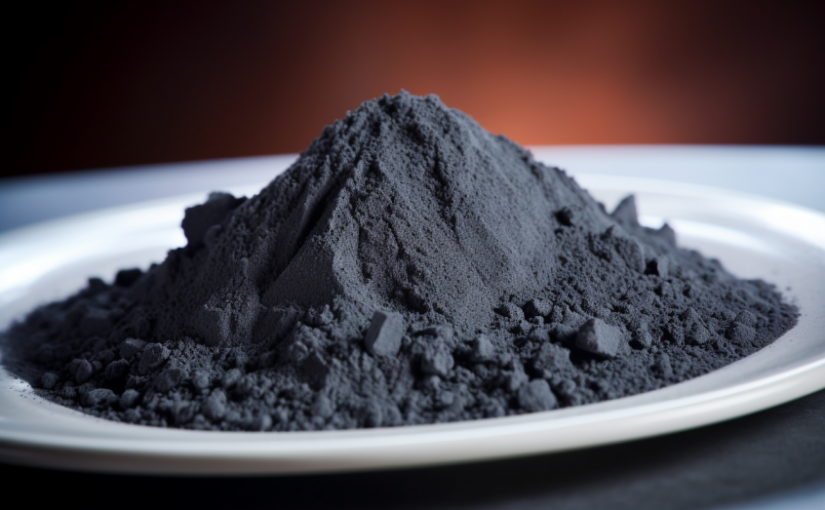Zirconium hydride, an intermetallic compound of zirconium and hydrogen, is garnering increasing attention in various industries. Its unique properties and applications are contributing to its growing significance. In this article, we will delve deeper into the world of zirconium hydride, exploring its properties, applications, and the role it plays in modern technology.
Properties of Zirconium Hydride
Zirconium hydride boasts a set of remarkable properties that make it highly attractive for a range of applications:
- Hydrogen Absorption: One of its most notable features is its ability to absorb and release hydrogen gas reversibly. This property is of paramount importance in the field of hydrogen storage and transportation, where zirconium hydride plays a vital role.
- Moderator in Nuclear Reactors: Zirconium hydride’s capacity to moderate neutrons, absorb thermal neutrons, and reflect them back into the reactor core is a key property for its use in nuclear reactors. This material enhances the control of nuclear reactions and helps maintain reactor stability and safety.
- Low Density: Its relatively low density is advantageous for aerospace applications. When used as a moderator in nuclear reactors for space missions, its lightweight nature contributes to reducing the overall weight of the reactor system, a critical factor for space travel.
Applications of Zirconium Hydride
Zirconium hydride’s versatility finds applications in several domains:
- Hydrogen Storage: With its hydrogen absorption capabilities, zirconium hydride is a significant player in hydrogen storage technology. It is utilized in the development of hydrogen storage systems, an essential component of the transition to clean energy sources, such as hydrogen fuel cells.
- Nuclear Reactors: Zirconium hydride’s neutron moderation properties make it invaluable in nuclear reactors, where it serves as a moderator, reflector, and neutron absorber. Nuclear reactors in both space missions and terrestrial applications rely on this material for efficient neutron control.
- Aerospace: Its low density makes zirconium hydride ideal for aerospace applications, particularly in the construction of nuclear reactors used for space exploration. The reduced weight contributes to more efficient launches and operations.
- Nuclear Safety: In nuclear power plants, zirconium hydride is employed to enhance safety. Its neutron absorption capabilities help prevent uncontrolled nuclear reactions, maintaining reactor stability and safeguarding against accidents.
Future Prospects and Advancements
As technology continues to advance, zirconium hydride remains at the forefront of innovation and research:
- Hydrogen as a Clean Energy Source: With the global focus on clean energy, using zirconium hydride in hydrogen storage systems is becoming even more significant. Ongoing research aims to improve the efficiency of these systems, making hydrogen a practical and viable energy source.
- Space Exploration: The aerospace industry is rapidly evolving, and zirconium hydride continues to play a crucial role in powering nuclear reactors for space missions. Ongoing advancements seek to optimize its use in next-generation reactors, further reducing the weight of reactor systems and enhancing space exploration capabilities.
- Nuclear Reactor Technology: The nuclear industry is exploring zirconium hydride’s application in modern nuclear reactors. By enhancing safety features and control mechanisms, this versatile material contributes to developing safer and more efficient nuclear energy solutions.
In conclusion, zirconium hydride is a versatile and increasingly significant material with a wide range of applications, from hydrogen storage and nuclear reactors to aerospace and nuclear safety. As research and technological advancements continue, zirconium hydride’s role in modern technology is poised to expand even further, offering solutions to the pressing challenges of clean energy, space exploration, and nuclear technology. Its journey as a pivotal material in the evolving landscape of science and technology is far from over.
For more information, please visit https://www.samaterials.com/.
